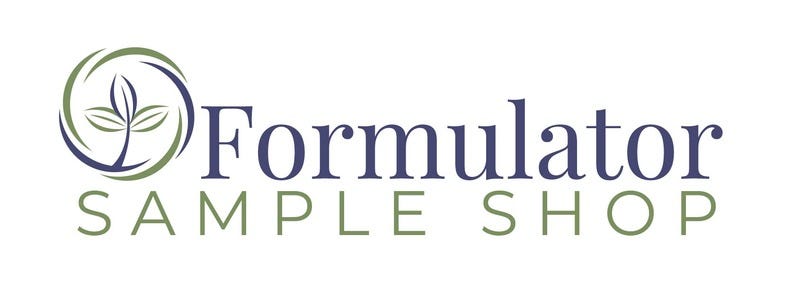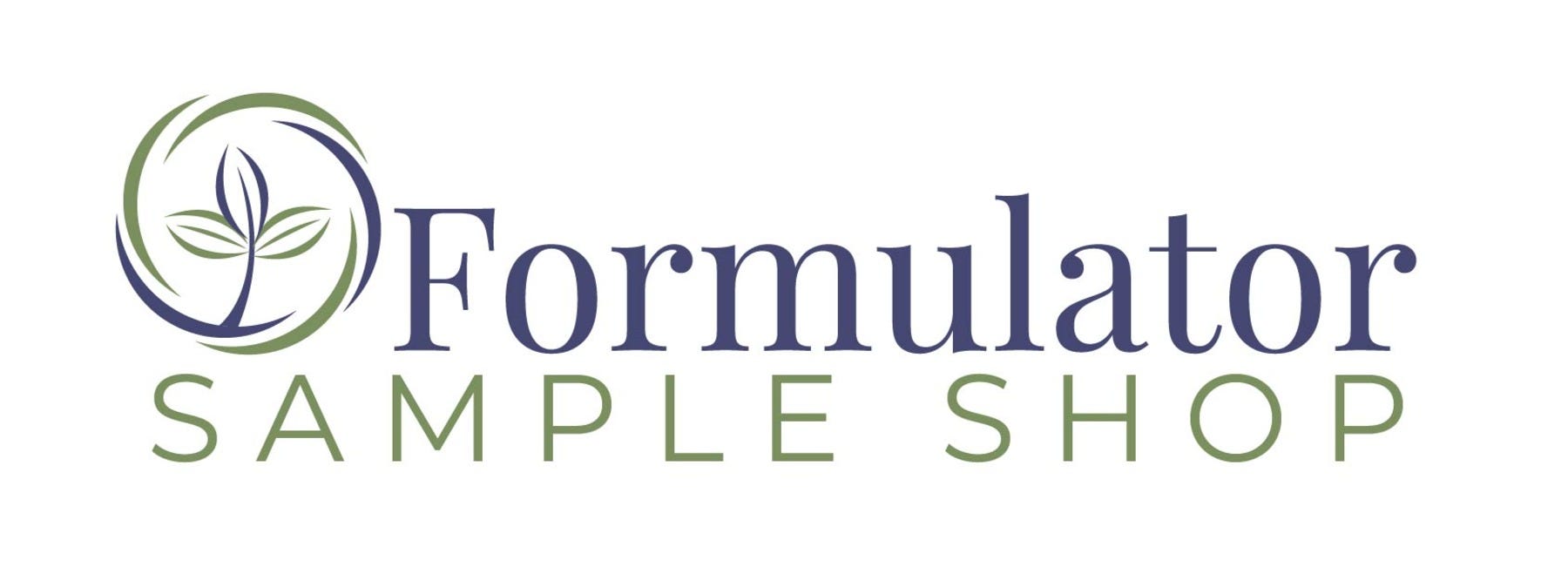FSS Phyto-Biotics Saffron
Preserved with Leucidal Liquid SF
The demand for stem cell technologies has grown exponentially in the last decade. Trending specifically in the cosmetic market, current stem cell technologies utilize Meristematic cells, non-differentiating plant stem cells from simple cell extracts, with no specific activity. To propel beyond the current offerings on the market, we opted to use biotic stress, embodied by the sustainable practice of co-culturing of plant stem cells with Pseudomonas sp., to promote the formation of secondary metabolites. This novel approach induces cellular differentiation and provides formulators with the ability to finely customize formulations, specify activity and skin benefits while offering brand distinction. Saffron-themed personal care products capitalize on the specific activity of the phenolic compounds, gallic acid, produced by this spice, to provide the cosmetic market with a plant-derived, stem cell ingredient designed to provide antioxidant, soothing, and anti-fungal activity in formulations. FSS Phyto-Biotics Saffron is an ideal ingredient to incorporate into skin care formulations to capitalize on the mechanisms employed by saffron which in turn, protects the skin from damage caused by increasingly intense and harmful surroundings.
Saffron has been widely used as a spice, medicinal plant and food additive in Mediterranean and Subtropical regions of the world. Recently, however, attention in the nutritional industry has shifted, and this spice is now in the spotlight for its antioxidant properties. Its exact origin is unknown, but it is thought to have first been cultivated in Iran, Turkey and Greece. Each of these countries are known for their dry, hot summers and mild, wet winters. This type of harsh environment has prompted the flower from which saffron is derived, to produce secondary metabolites to survive and thrive in these conditions. Through natural selection, organisms have learned to adapt to unfavorable conditions to survive in their environment. Crocus sativus L., the flower from which we create saffron, has developed a tolerance to environmental and moisture fluctuations. Generally speaking, to live in this region of the world, organisms need to withstand searing heat from the sun during the summer, and have an extreme threshold for moisture levels in the winter. The saffron flower has adapted to thrive in such circumstances. In order to survive the summer, saffron flowers have adapted to retain moisture from the winter months to last through the dry, hot summer months.
Research shows that plant stem cells can slow skin aging by defending against extrinsic stress, keeping skin looking youthful, longer. This discovery opened the door in cosmetic stem cell research and provided technological advances in the cosmetic industry, as there are no ethical controversies over the use of plant stem cells in contrast to the use of embryonic stem cells. Phenolic, or secondary, metabolites are organic compounds that have no fundamental role in the maintenance of the life process of plants. However, these compounds are essential for the plant to interact with its environment, allowing for adaptation, defense and ultimately the ability to survive in less than ideal conditions. Secondary metabolites are organic compounds that have no fundamental role in the maintenance of the life process of plants. However, these compounds are essential for the plant to interact with its environment, allowing for adaptation, defense and ultimately the ability to survive in less than ideal conditions. Examples of plants producing secondary metabolites can be found in a plant’s floral scent and pigment that have evolved to attract pollinators, enhancing fertilization rates. Some plants are able to synthesize toxic chemicals to ward off pathogens, herbivores or to suppress the growth of neighboring plants. Meanwhile, chemicals found in fruits prevent spoiling and send signals in the form of color, aroma and flavor to animals that eat the fruit and help disperse the seeds.
Of particular interest, the phenolic compound, Gallic Acid has demonstrated antimicrobial, soothing and antioxidant properties. Due to genetic heterogeneity, or the breeding character being influenced by natural cross-pollination, the content of this phenolic metabolite is highly variable. By co-culturing Crocus sativus L. with Pseudomonas sp., this product acts as a means of preventing hyperhydricity to increase the total Gallic Acid content in Saffron. Gallic Acid is known for its antioxidant and soothing benefits, making it ideal for anti-aging benefits and protectant claims. Furthermore, this phenolic compound has been identified as a tyrosinase inhibitor, making saffron an ideal component in skin lightening or skin brightening formulations.
The destruction of plants continues to pose a major threat to the plant species. Commercially, the medicinal and cosmetic use of plant secondary metabolites involves isolating these organic compounds through solvent extraction of the naturally grown, whole plant. With the possibility of extinction at any given time, the development of alternative and complimentary methods to whole plant extract for the production of these organic compounds, particularly for commercial purposes, is an issue of considerable socioeconomic importance. By using cell cultures, industries can grow numerous plants, creating a sustainable source of plant extracts without disrupting the environment. As previously mentioned, using solvent extraction from a naturally grown, a whole plant is environmentally damaging. In order to sustainably source the necessary phenolic metabolite, Gallic Acid, Crocus sativus L. is grown in cell culture. Using biotic stress, specifically pathogenic stress via Pseudomonas sp., our formulators created FSS Phyto-Biotics Saffron by inducing the production of the phenolic compound, Gallic Acid, to create a plant stem cell product ideal for anti-aging, antimicrobial and soothing cosmetic applications.


INCI Nomenclature: Water & Crocus Sativus Meristem Cell Extract
Appearance: Slightly Hazy to Hazy Liquid
Suggested Use Levels: 1.0-10.00%
Suggested Applications: Anti-Aging, Soothing, Antioxidant, ATP Synthesis, Increases Cellular Metabolism, Stem Cells
pH: 3.5-5.5
Storage: Protected from direct light and humidity at a temperature of 50°-77°F (10°-25°C)
Shelf life: 12 months from the date of manufacture.
This product should be added to a formulation at the recommended usage rate.
All products sold are cosmetic grade; External Use Only; Cosmetic & Personal Care Formulations Only.
Our products are for cosmetic and personal care formulations only; External Use Only. We recommend working with a chemist or a formulator if you’re not advanced in formulating.
Statements contained herein have not been evaluated by the Food and Drug Administration. These products are not intended to diagnose, treat and cure, or prevent disease.
Reviews
-
SaffronPlease include the percentage of water/Saffron/glycerin in here. This is very frustrating to not have a detailed INCI composition from a reputable site.
Formulator Sample Shop's Response:
Dear Blake, Thank you for reaching out! We're still adding the paperwork, including the SDS on our website. We just launched a new website so it will take a little time, but it should all be done by next week! We'll have our webmaster post the SDS, and you may refer to Sec 3 for comp breakdown. We'll also have someone from our team e-mail to you directly.
Thank you for taking the time for the feedback!Posted on

